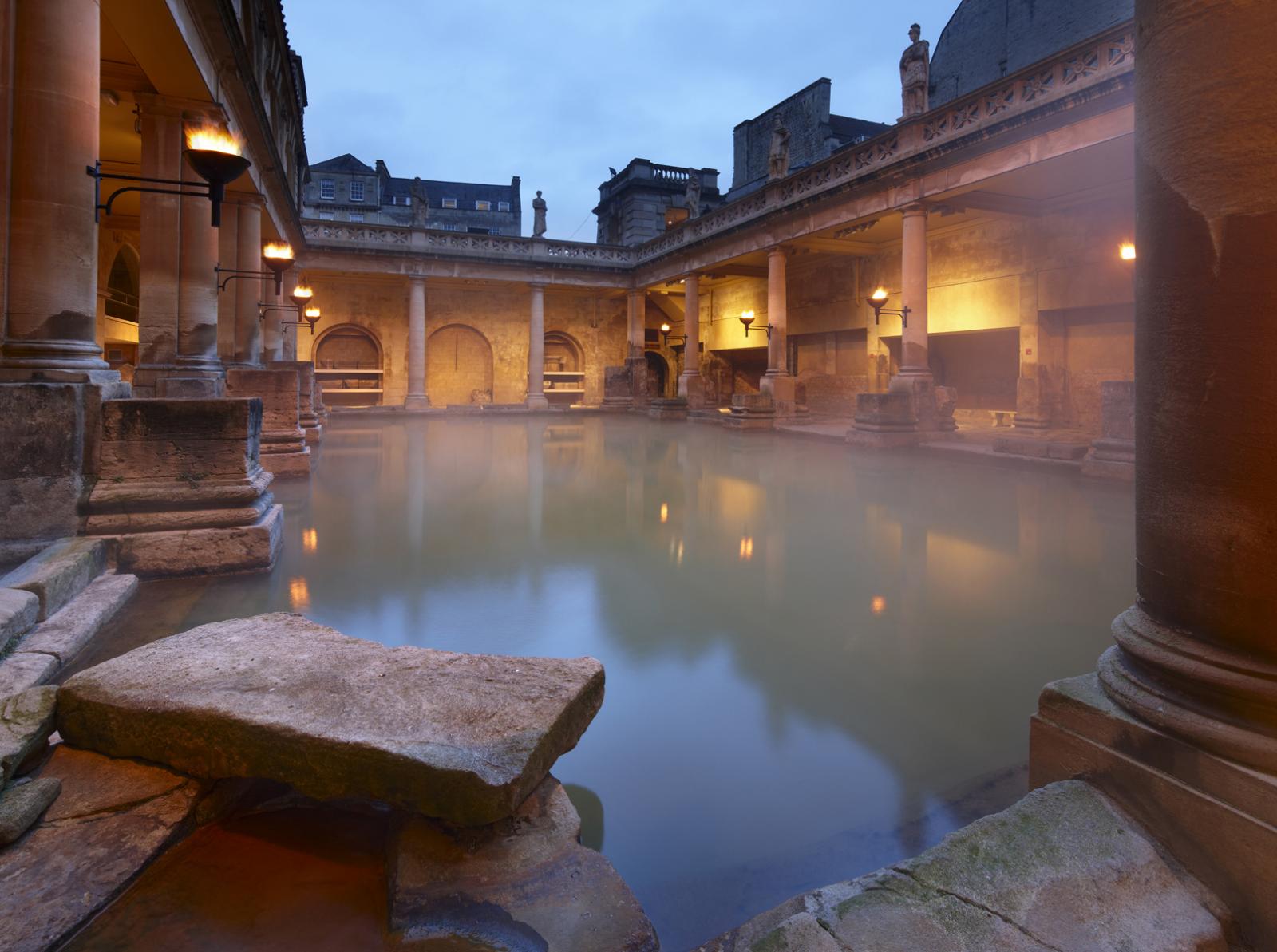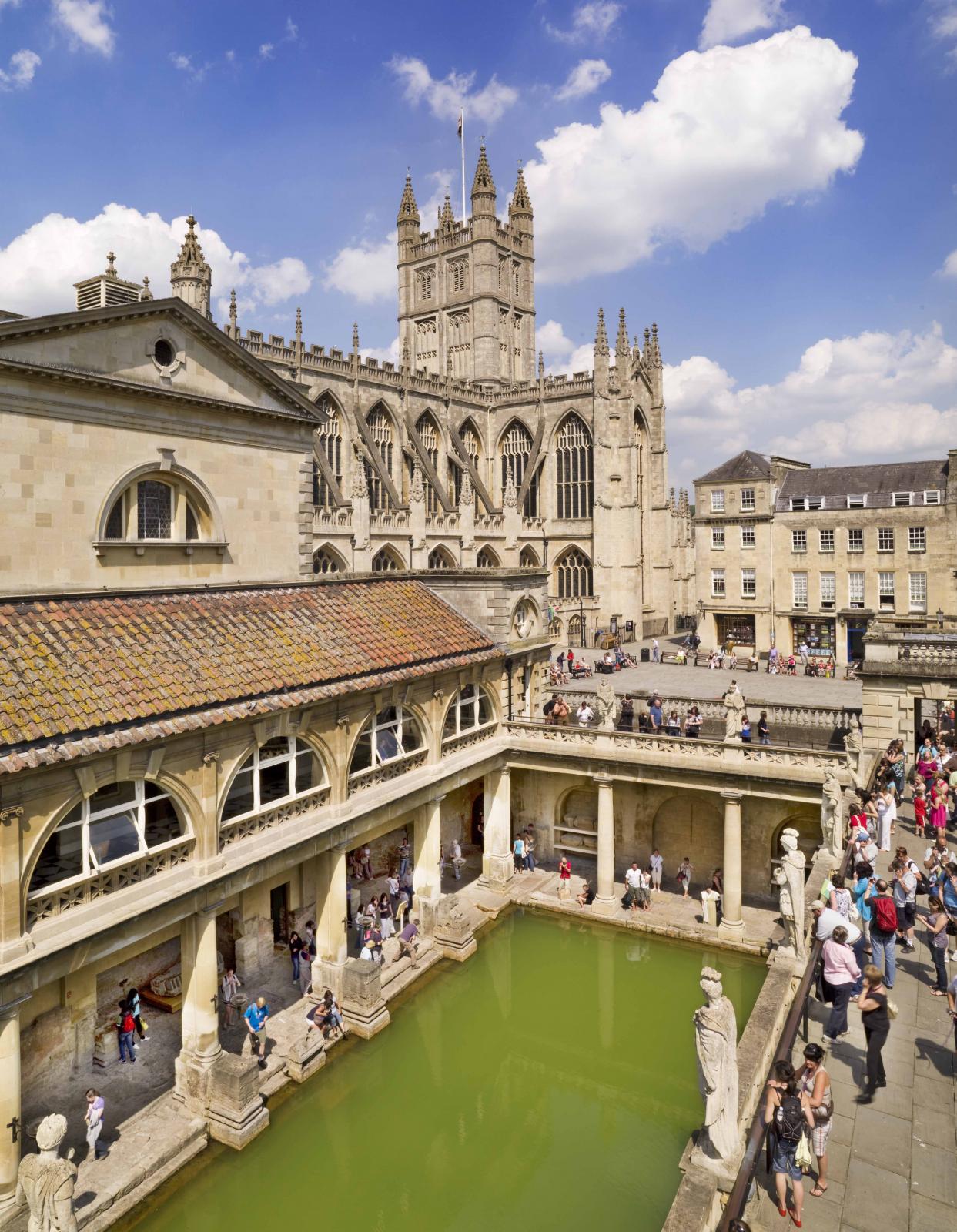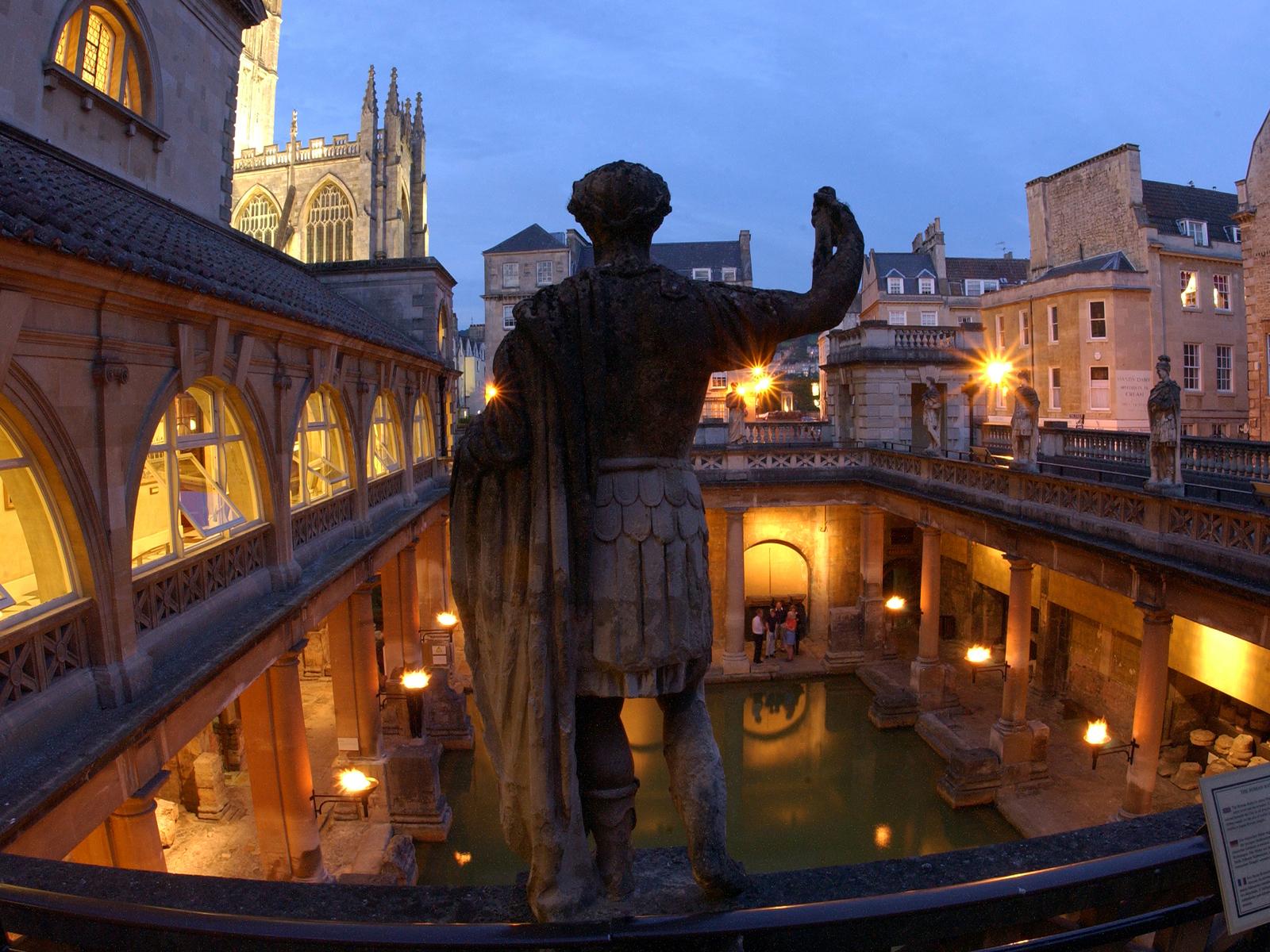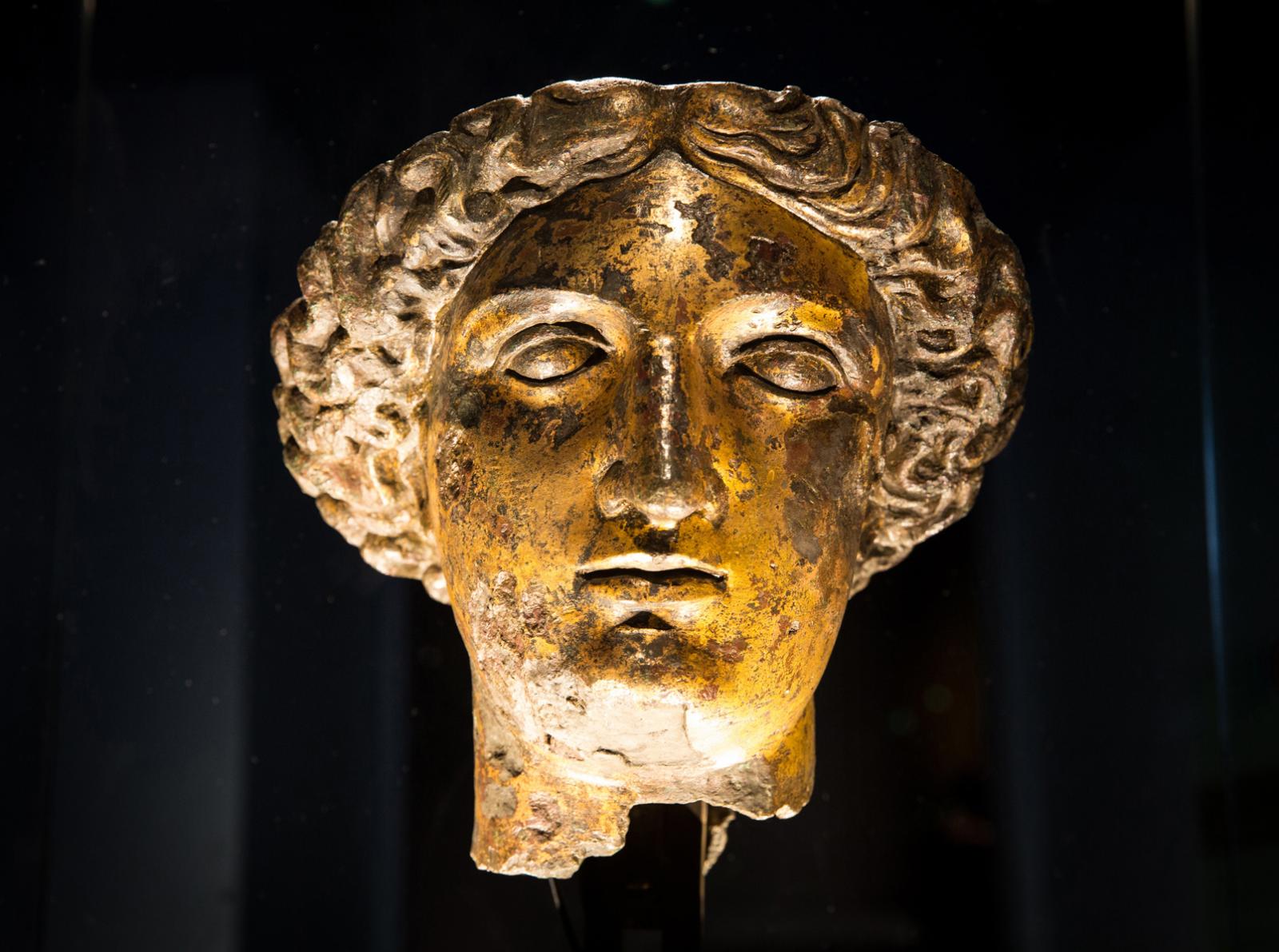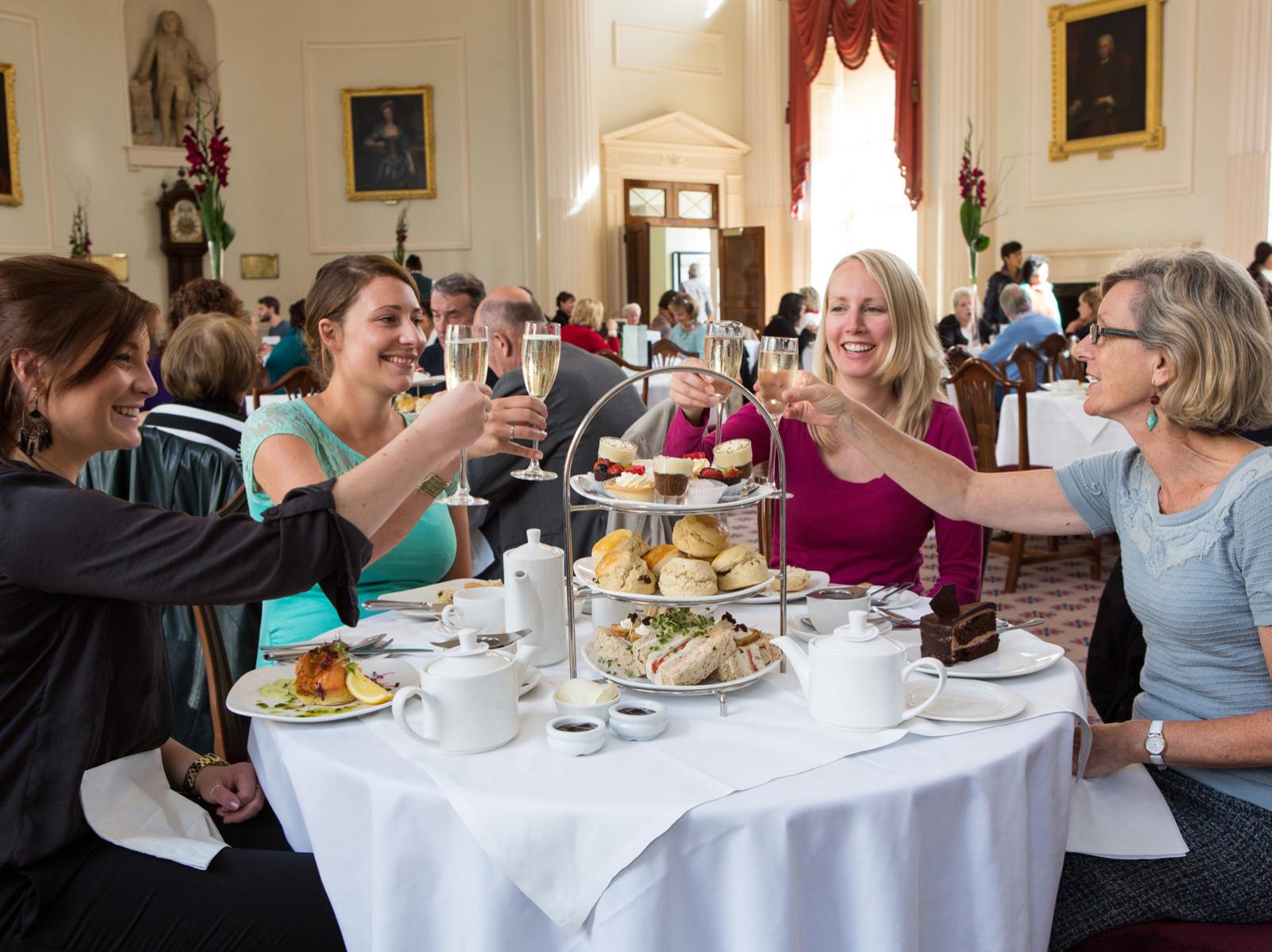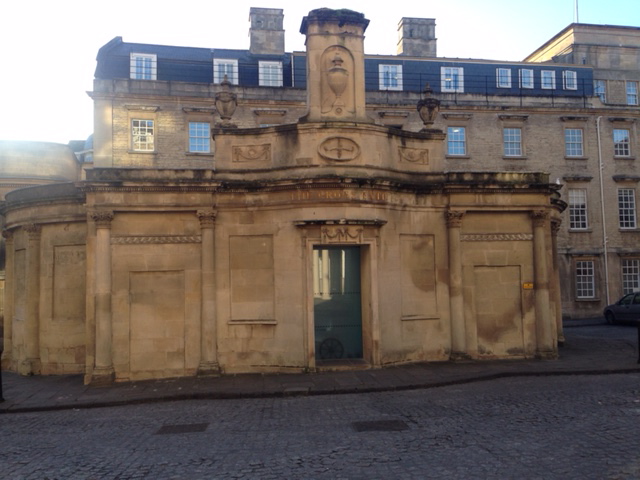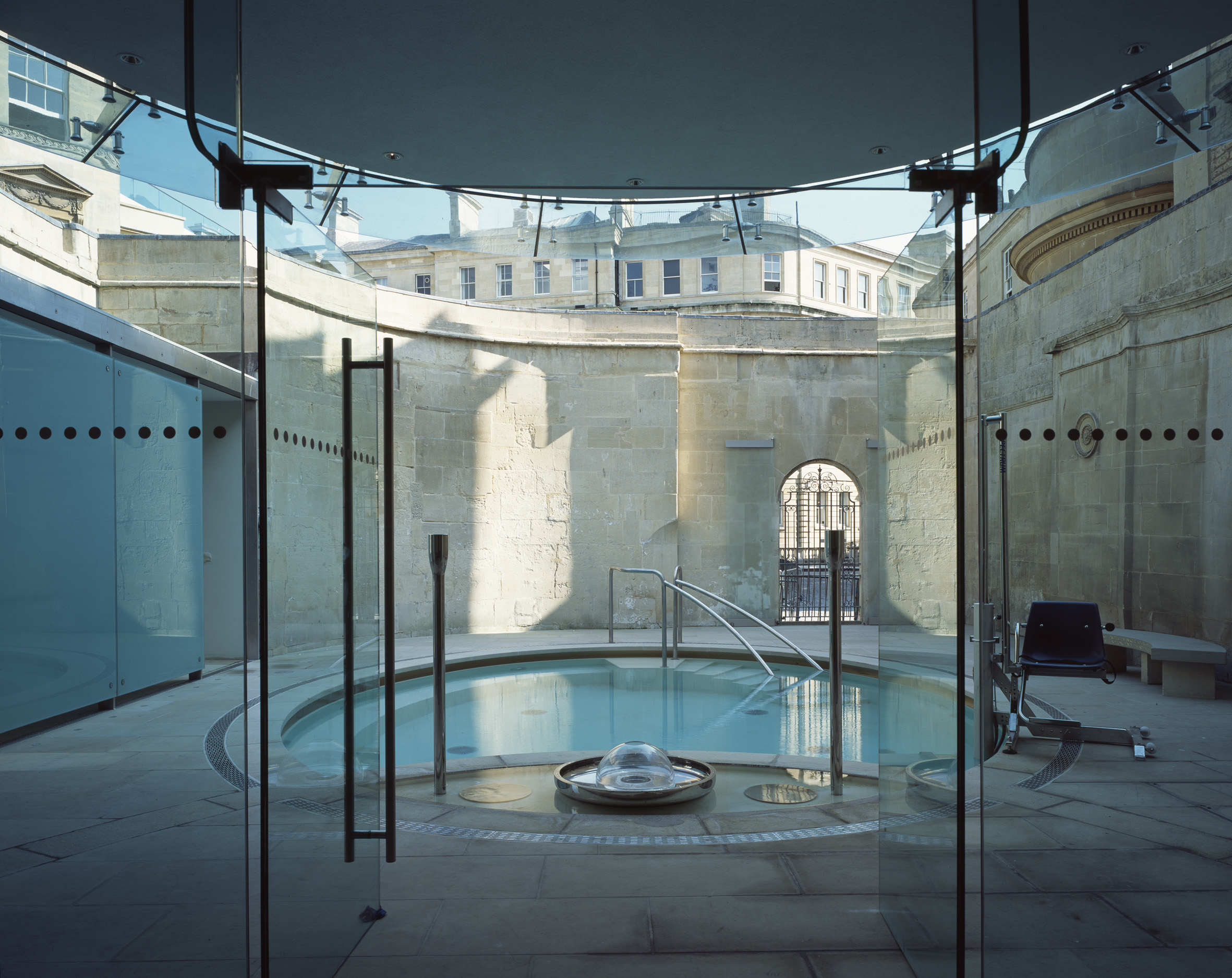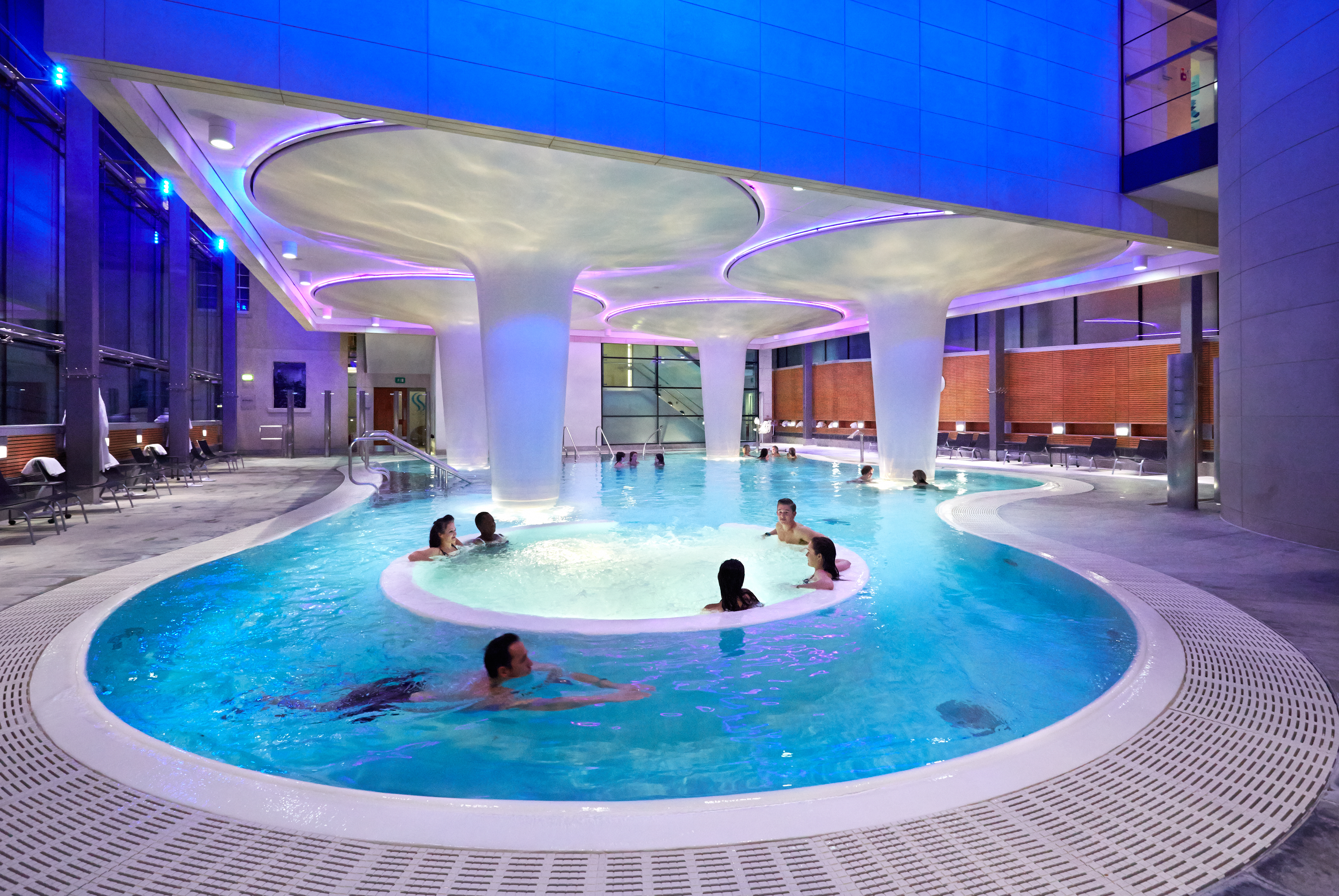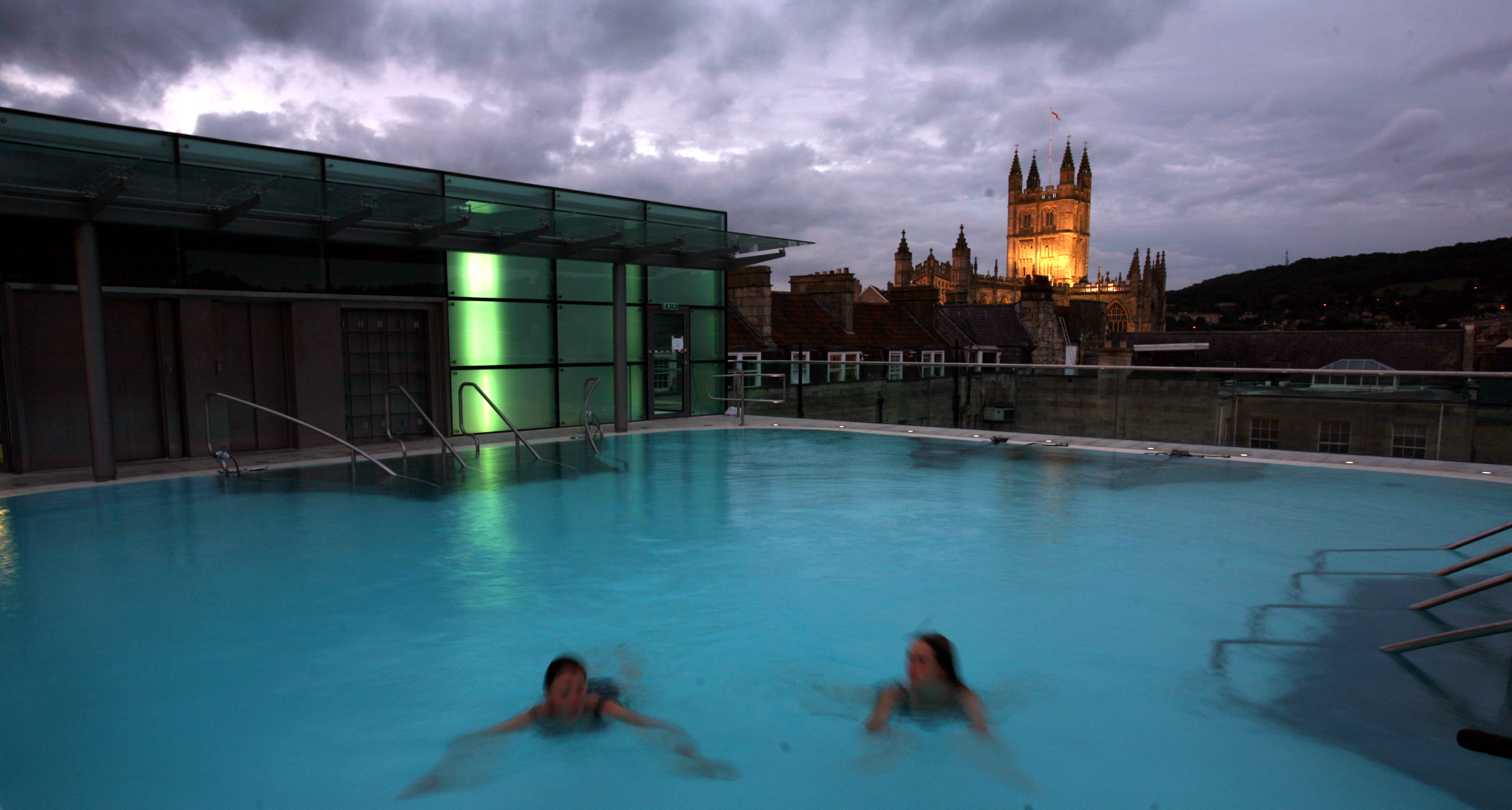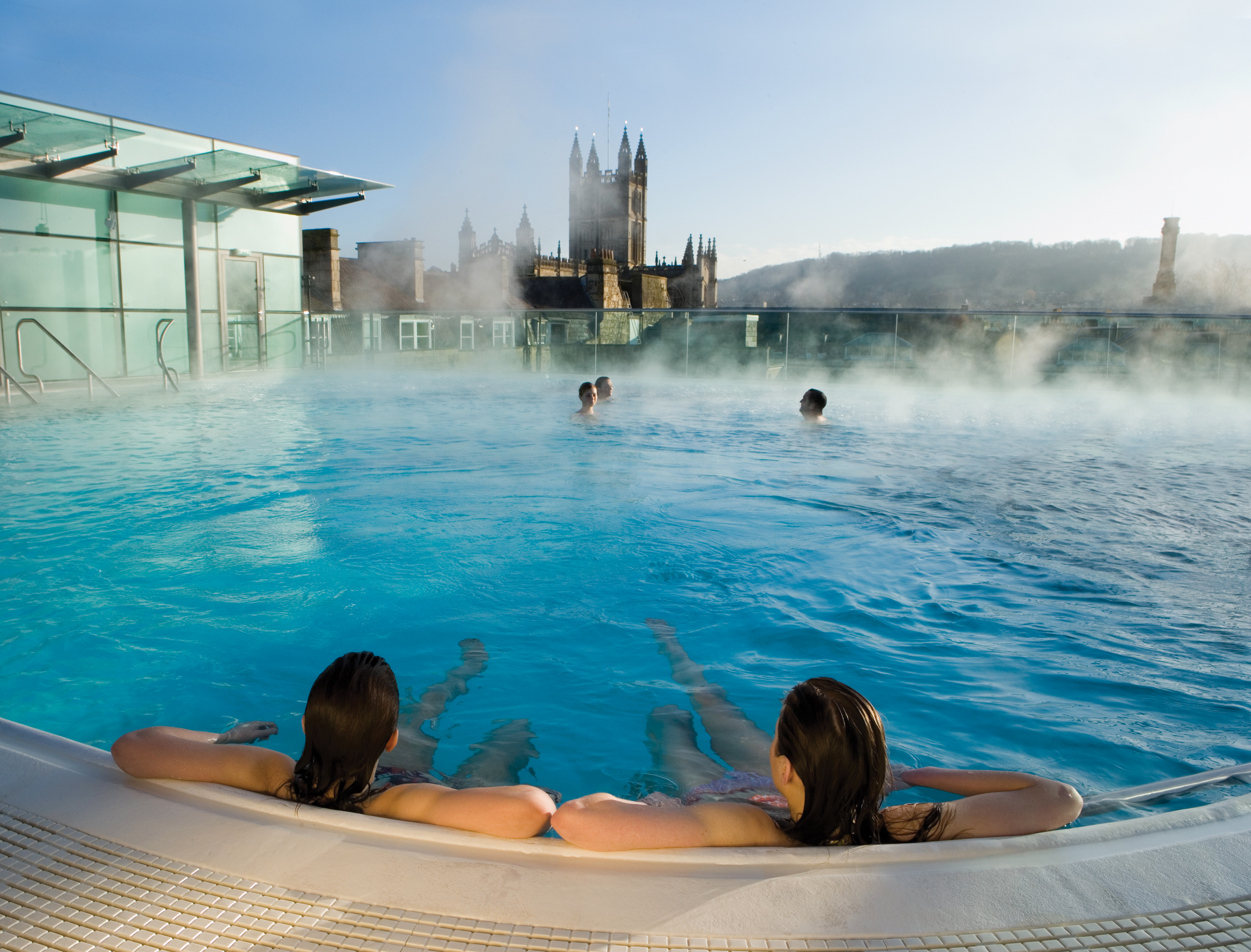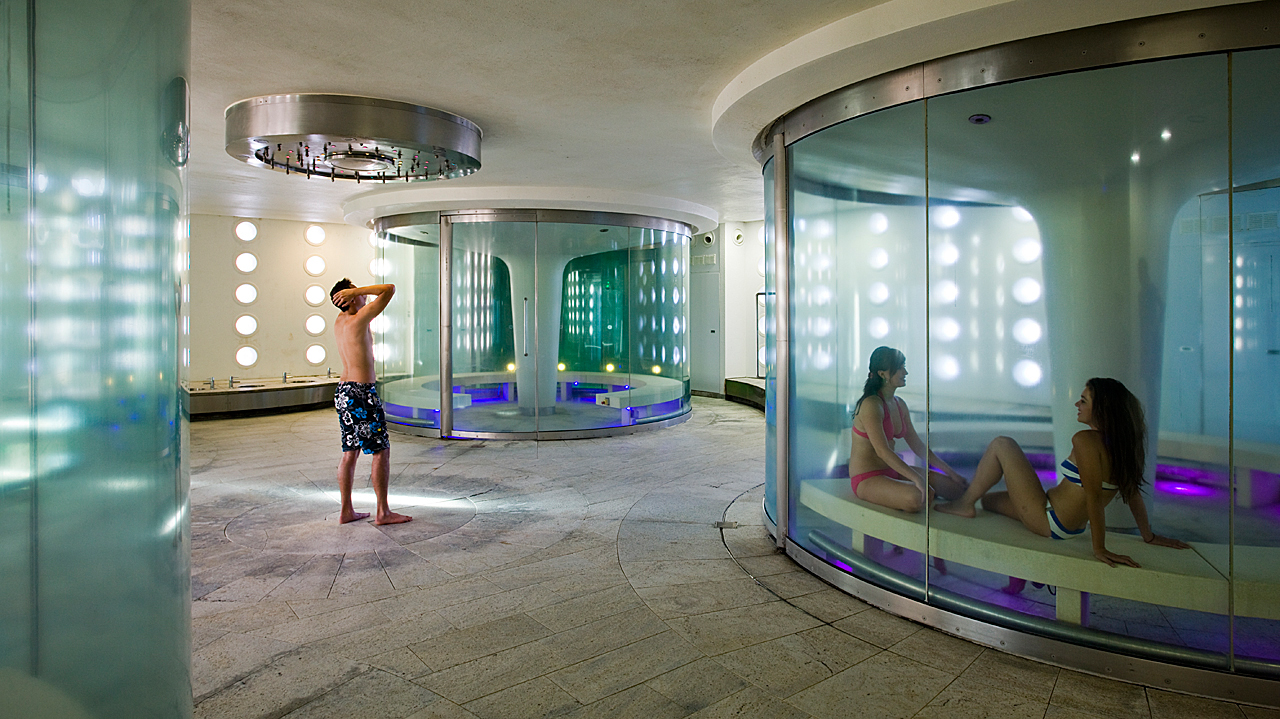For centuries, the healing and calming properties of warm mineral springs have defined wellness, a tradition that flourishes in the ancient city of Bath. Named a World Heritage Site in 1987, the south west England city has recently been revived as a center for “taking the waters” in facilities blending ancient and modern, a practice I know you’ll enjoy for a mother-daughter getaway.
The Ancient Baths of Bath
While the city is known for its historic Roman baths, in fact, it was the Celtic Brythons who discovered the natural mineral spring, the only one in England, years before the Romans arrived in AD 43. Named after their goddess Sulis, the city was then known as Aquae Sulis. Around AD 60, the Romans built an enormous bathing complex which also served as a social center with a gymnasium and gaming palace around the main spring. An adjoining temple is dedicated to the Roman goddess Minerva, who was believed to have healing powers, naming it Aquae Sulis Minerva.
The Roman Bath Complex is open today as a fascinating museum. The first sight you will see is the Great Bath, a huge, rectangular pool, with steamy waters bubbling at 114 degrees F. Statues of famous Romans surround the pool on the terrace above, and you can walk around on both levels. I was delighted to see Julius Caesar and other Roman officials looking as if they were ready to jump in. You can also view the bubbling Sacred Spring, visit the Roman Temple and the Bath House, and imagine what it was like to live in Roman Britain.
You will meet costumed “Romans” who will answer your questions, and should tour the underground ruins displaying Roman, Georgian and Victorian features.During the late 17th century, drinking the enriched water (43 different minerals gave it healing properties) was recommended, and today you can sample the spa water from the Bath’s drinking fountain.
After touring the Roman Bath, it’s just a few steps to The Pump Room near the Bath Abbey. Dating from 1795, it has long been known for its elegance. Serving breakfast, lunch and afternoon tea with or without champagne, it is really lovely and brings to mind scenes from 19th century English novels. In addition to the tea sandwiches and scones, The Pump Room serves Bath buns, a tasty local delicacy of sweet yeast dough filled with a sugar center. As you dine, there is a trio of musicians who play softly in the background. There is also a fountain where you can drink the mineral water from the springs.
Soaking in the Spa
While all of this history is interesting, you are probably wondering, “How can I ‘take the waters?’” A short walk from the Roman Baths is Thermae Bath Spa, a day spa complex fed by the natural mineral spring which runs beneath. The facility is a monument to health, well-being and relaxation and the combination of classic Bath architecture from the Georgian era with contemporary design makes it visually distinctive.
The word “spa” comes from the first letters of the Latin phrase “salus per aqua” — health through water. Two-hour sessions are available for the use of two thermal natural ancient baths — the Hot Bath and the Cross Bath; and two modern pools, the circular Minerva Bath featuring a gentle current and a massage jet, and the open-air Rooftop Pool. The water temperature in all pools is a constant 92.3 degrees F. There is also an aromatherapy steam room with a central waterfall shower and individual pods. Sitting in the steamy water in the rooftop pool, the amazing views of the quaint city and the spectacular Bath Abbey was quite an unforgettable sight.
Additionally, a full menu of massages, facials, aromatherapy, Vichy shower and other treatments are performed in 20 treatment rooms. My hot stone massage was so soothing, I almost fell asleep on the table. Spa packages (guests 16+ only) combine a treatment with time to use the rest of the facilities, and food from the on-site restaurant. A towel, robe and slippers are included in the price for all sessions; check their site for details and prices.
Luxurious Bath Nights at the Gainesborough
The newest overnight opportunity to experience Bath’s naturally hot mineral waters is at the posh Gainesborough Hotel, named for the artist Thomas Gainesborough who lived and painted in Bath during the 18th century. Also created from historic buildings, the hotel has Georgian and Victorian facades with crisp, modern and very chic interiors. Dining options include the Johann Lafer at The Gainesborough, run by Chef Lafer, one of Germany’s most celebrated Michelin chefs and TV personalities and The Canvas Room for a delicious Afternoon Tea. Several types of rooms and suites are available and feature such comforts as luxurious bedding, heated bathroom floors, complimentary minibars, tea and Nespresso coffee makers, 24 hour room service, and complimentary WiFi. The excellent service is what you’d expect and The Gainesborough is perfect for a romantic getaway.
Hotel guests are granted complimentary access during certain hours to the Spa Village Bath House (located under a glass atrium), and guests age 16+ who have booked spa treatments may use it all day. Spa Village Bath offers a “circuit” and recommends about a hour to complete the experience. Indulge yourself by soaking in two natural thermal pools of different temperatures — the main pool has several fantastic massage jets and other water features. There is also a steam room, sauna, ice alcove, and relaxation terrace. Eleven treatment rooms provide space for a full menu of pampering massages, aquatic body therapy and other treatments. There is an Aroma Bar where you can create your own personalized aromatherapy scent, a hair and beauty salon, and a 24-hour fitness room.
Touring the City of Bath
After drying off from your soaks, take some time to explore this charming, historic city. We enjoyed an excellent walking tour with Sulis Guides which also offers coach and private car excursions. and learned that the city’s uniform appearance is due to the common building material of Bath stone, a locally quarried honey colored limestone. The city’s streets, squares and landmark building projects such as The Circus and The Royal Crescent were laid out and designed by the architect John Wood the Elder and by his son, John Wood, the Younger. Several of Bath’s buildings were damaged during the Bath Blitz in April of 1942 but have been restored to their former condition. In recent years, coal soot has been removed and the buildings have been restored to their original color.
After Bath’s long history in the days of the Celts and the Romans, it flourished in the Georgian Era (18th and 19th centuries) as a fashionable health resort for the royal family, government officials and wealthy tourists. Other places of interest include Royal Victorian Park, the Pulteney Bridge and Bath Abbey.
Lastly, lovers of English literature will enjoy a visit to the Jane Austen Centre. This favorite novelist lived and worked in Bath in the early 19th century and wrote and set “Northanger Abbey” and “Persuasion” here. There is an interesting exhibit, a tea room (of course) and a cool gift shop with period-style tableware and fashion accessories, as well as Mr. Darcy memorabilia.
Dear Reader: This page may contain affiliate links which may earn a commission if you click through and make a purchase. Our independent journalism is not influenced by any advertiser or commercial initiative unless it is clearly marked as sponsored content. As travel products change, please be sure to reconfirm all details and stay up to date with current events to ensure a safe and successful trip.
